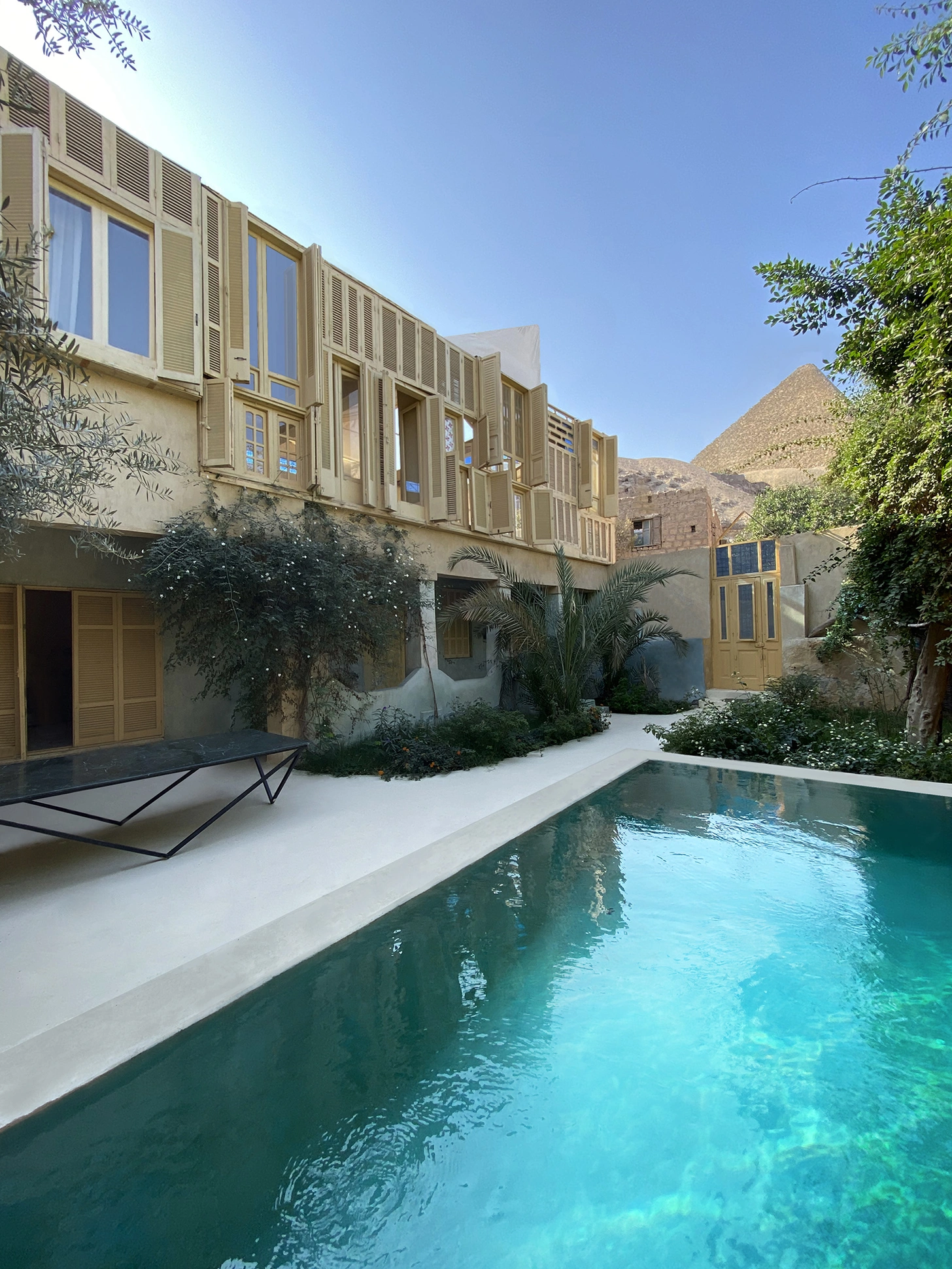Sacred Spaces & Social Places: The Role of Courtyards in Egyptian Life across the Ages
ancient buildings architecture Egypt History Egyptian Modern History history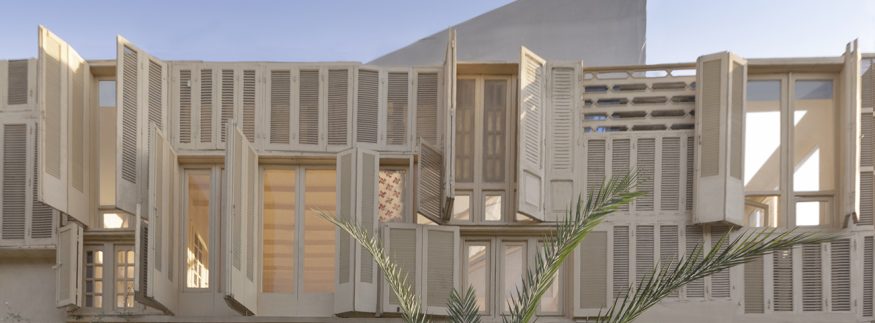
Safy Allam
Image via website
Courtyards have always been at the heart of Egyptian architecture, evolving over millennia to reflect the changing tides of culture, religion, and daily life. These open spaces have served as centres of activity, places of worship, and sanctuaries from the bustling world beyond their walls. Let’s journey through time to explore how courtyards have shaped and been shaped by Egyptian civilisation.
Ancient Beginnings: Temples Open to the Sky
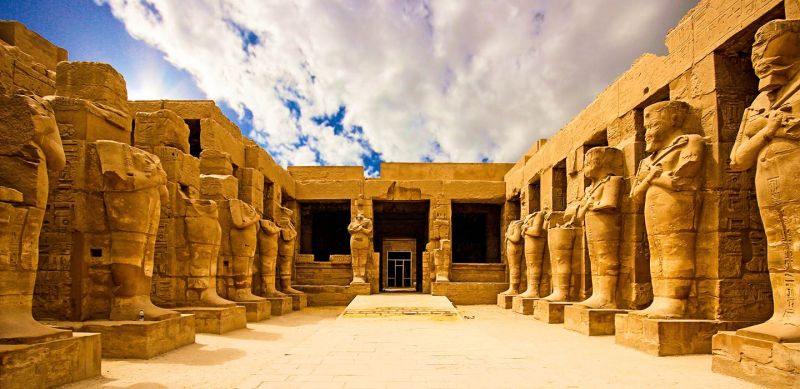
Image via website
Imagine stepping into the Temple of Karnak in ancient Thebes. As you pass through towering pylons, you’re welcomed into a vast open courtyard. This space, bathed in sunlight and open to the elements, serves as a gathering place for worshippers and a stage for grand ceremonies. The courtyard’s design isn’t just about grandeur; it facilitates a seamless transition from the bustling city into the sacred sanctum, allowing visitors to prepare themselves spiritually before entering deeper into the temple’s mysteries.
Similarly, the Mortuary Temple of Hatshepsut at Deir el-Bahari features terraces that function as expansive courtyards, where rituals honour both the queen and the gods.
Greco-Roman Elegance: A Fusion of Cultures

Image via website
Centuries later, as Greek and Roman influences permeate Egypt, architectural styles begin to intertwine. In cities like Alexandria, homes are designed with peristyle courtyards and central open spaces surrounded by columns. These courtyards become the heart of domestic life, adorned with lush gardens and fountains, offering families a private oasis. The fusion of Egyptian openness with Greco-Roman aesthetics creates spaces that are both functional and beautiful, embodying the cosmopolitan spirit of the era.
Islamic Cairo: Sanctuaries of Serenity
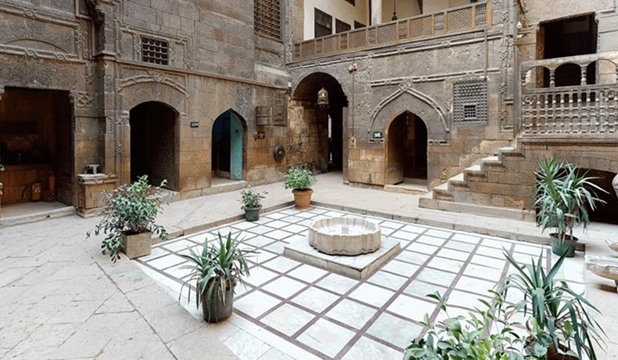
As the Islamic era dawns, Cairo’s skyline is punctuated by minarets and domes, and its architecture reflects new cultural and religious values. Houses are built with inward-facing courtyards, known as ‘sahn’, ensuring privacy and providing a tranquil retreat from the city’s bustle. The Gayer-Anderson Museum, adjacent to the Mosque of Ahmad ibn Tulun, exemplifies this design. Its courtyards, adorned with intricate tile work and shaded by wooden lattices, serve as cool havens where families gather, children play, and life unfolds away from prying eyes.
Colonial Imprints: Blending Traditions
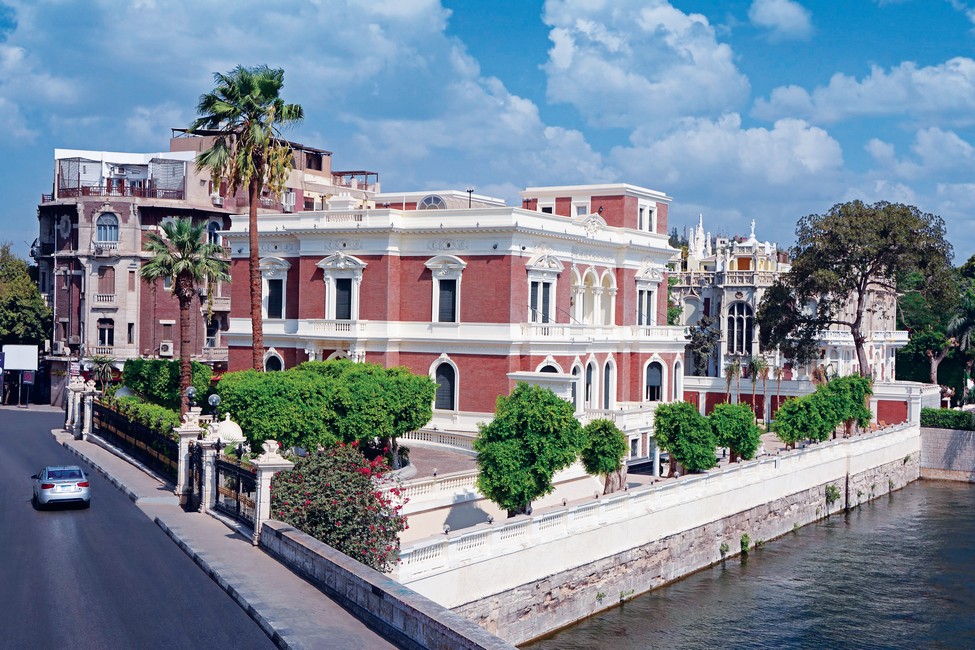
Image via website
With the advent of European colonialism in the 19th and early 20th centuries, Egypt experienced another architectural transformation. Districts like Garden City and Zamalek in Cairo see the rise of grand villas that incorporate European design elements while retaining traditional courtyards. These spaces evolve into ornamental gardens or atriums, merging the Egyptian love for open-air spaces with European aesthetics. The result is a unique architectural blend that speaks to Egypt’s position as a crossroads of cultures.
Modern Revival: Embracing Heritage
Image via website
In contemporary Egypt, there’s a renewed appreciation for traditional architectural elements, including courtyards. Architects and homeowners alike recognise the environmental and social benefits of these spaces. In Nubian villages along the Nile, houses are still constructed with central courtyards that serve as communal areas, promoting social interaction and natural cooling. This revival not only honours Egypt’s rich architectural heritage but also offers sustainable solutions for modern living from all around the world.
Through the ages, courtyards have remained a constant in Egypt’s architectural narrative, adapting to the needs and influences of each era. They stand as testaments to the country’s ability to blend tradition with innovation, providing spaces that are both functional and reflective of the Egyptian spirit. Whether in ancient temples or modern homes, courtyards continue to offer a sanctuary, a place where the sky meets the earth, and life unfolds in the open air.
recommended
 Cafés
Cafés
Bite Into the Croffle Craze: The Best 5 Spots to Try Croffles in Cairo
cafes cairo +2 City Life
City Life


